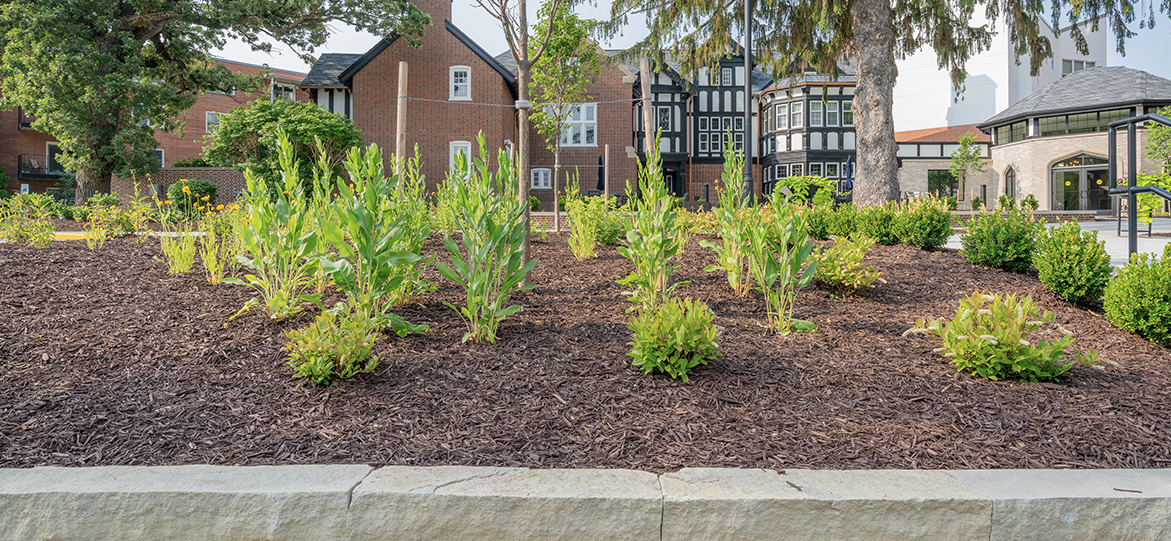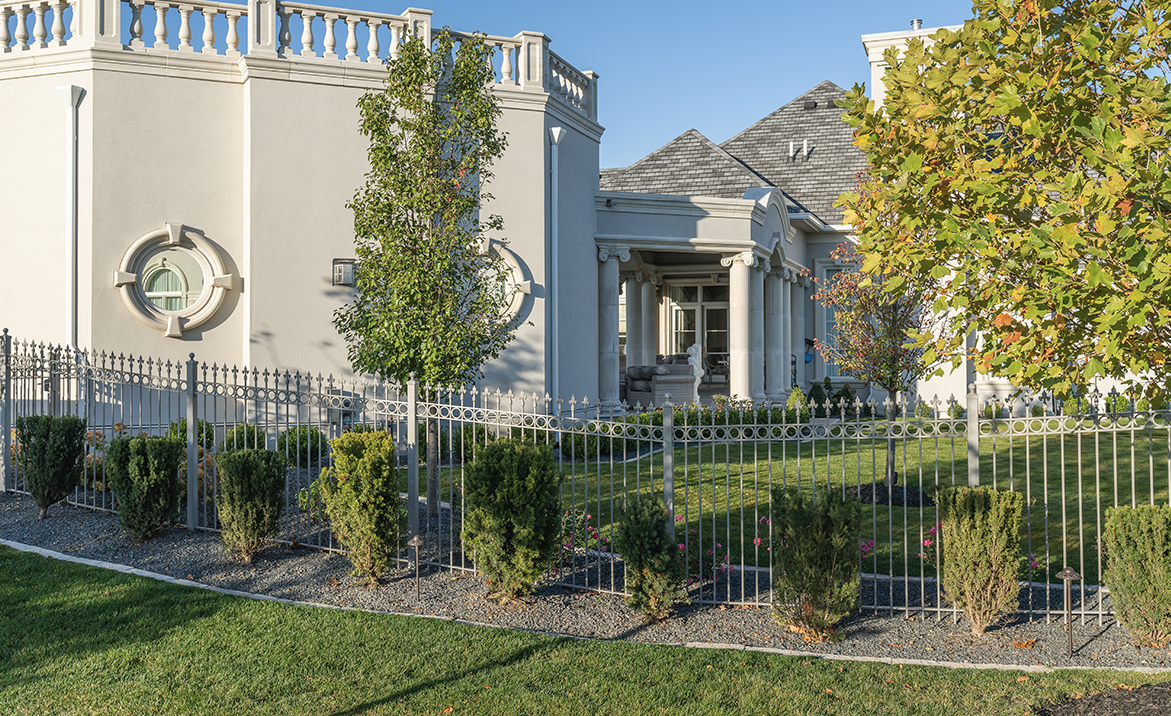
3 Steps to Overcoming Landscaping Challenges
Does your business have a sloping site or a large parking surface to contend with? Do you want to take a sustainable approach to your yard with native plants? No problem. Team Perficut can handle any commercial or residential situation by approaching the work with experience and knowledge, problem-solving determination, and excellent communication. Here are the three steps to overcoming landscape challenges:
1. KNOW YOUR SITE
A big part of handling challenges in a landscape—either around a business or around a home—is knowing what the particular site requires. And that means asking questions: What are the moisture issues? How is the site laid out? Is there heat coming off a parking lot, sidewalk, or building glass? Is there slope or erosion issues? Will there be a lot of foot traffic by people or pets?
As a Project Manager for Perficut, Chris Cocherell oversees landscape construction projects from the early brainstorming stage to the successful installation and maintenance phase. When Team Perficut installed the Long Look Garden along the riverwalk in downtown Des Moines, they had to contend with a steep slope. Rather than bring in amended soil that might be looser and more prone to erosion, the team worked with the native soil, which wasn’t going to wash away. “Then we installed the plants and got them watered. Root establishment is key so the plant will hold itself in place,” Chris says.
“The overall question that drives every landscape challenge is: Will the plant material be able to withstand what the site demands,” he says. Once Team Perficut has an answer to that question, the project unfolds with ease.

2. COMMUNICATE EXPECTATIONS
When Team Perficut moves from the early stages of throwing around ideas, settling on design, and selecting plant material, the next stage is crucial: Clearly state the expectations for the landscape. Chris says preparing customers about what they’ll see—or not see—in their plantings is important.
“When people plant native plants, for example, they might expect to see instant gratification,” he says. “But the seeds germinate at different times, and it really takes two to three years for the plants to establish.” When Team Perficut installed more than 80 acres of native plants around a commercial client’s site recently, they did a lot of education about the “low grow” native plants, and when to expect flowers throughout the year.
Thorough communication about the varieties in the plant material and what care and maintenance will be required helps ensure a successful project.
3. EVALUATE
“You never know what Mother Nature is going to throw at you,” Chris says. So Team Perficut recommends looking at a landscape after it has been established for a season or two, and determining what worked and what might need adjustment. Maybe the conditions in your yard are hotter and drier than expected, and you want to add more drought-tolerant plants. Maybe your business gets more foot traffic than expected, and you might want less plant material and more stone or hardscape. At the Lauridsen Skatepark in Des Moines, Team Perficut learned that visitors are more constant and free-flowing than anticipated. “A lot of the plant material has been destroyed, so we’ll have to think about what we put in there next,” he says.
As Chris knows from his more than 20 years in construction and landscape work, a site’s surroundings will always evolve and change. And there are always ways to meet those challenges.
